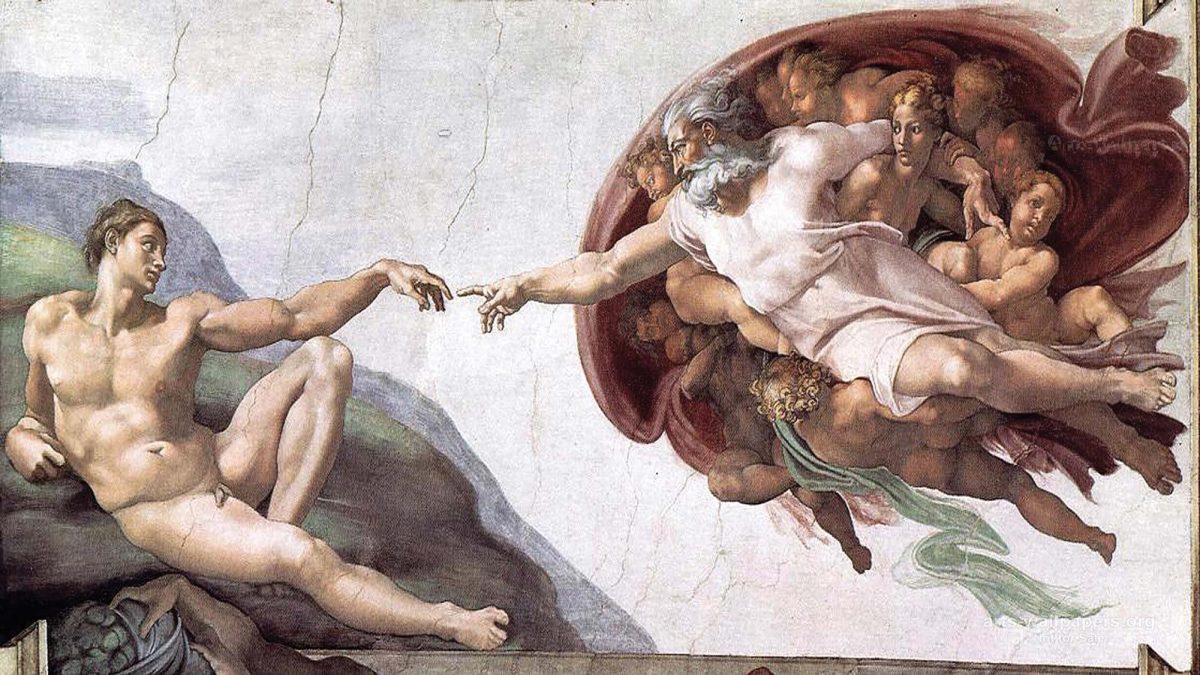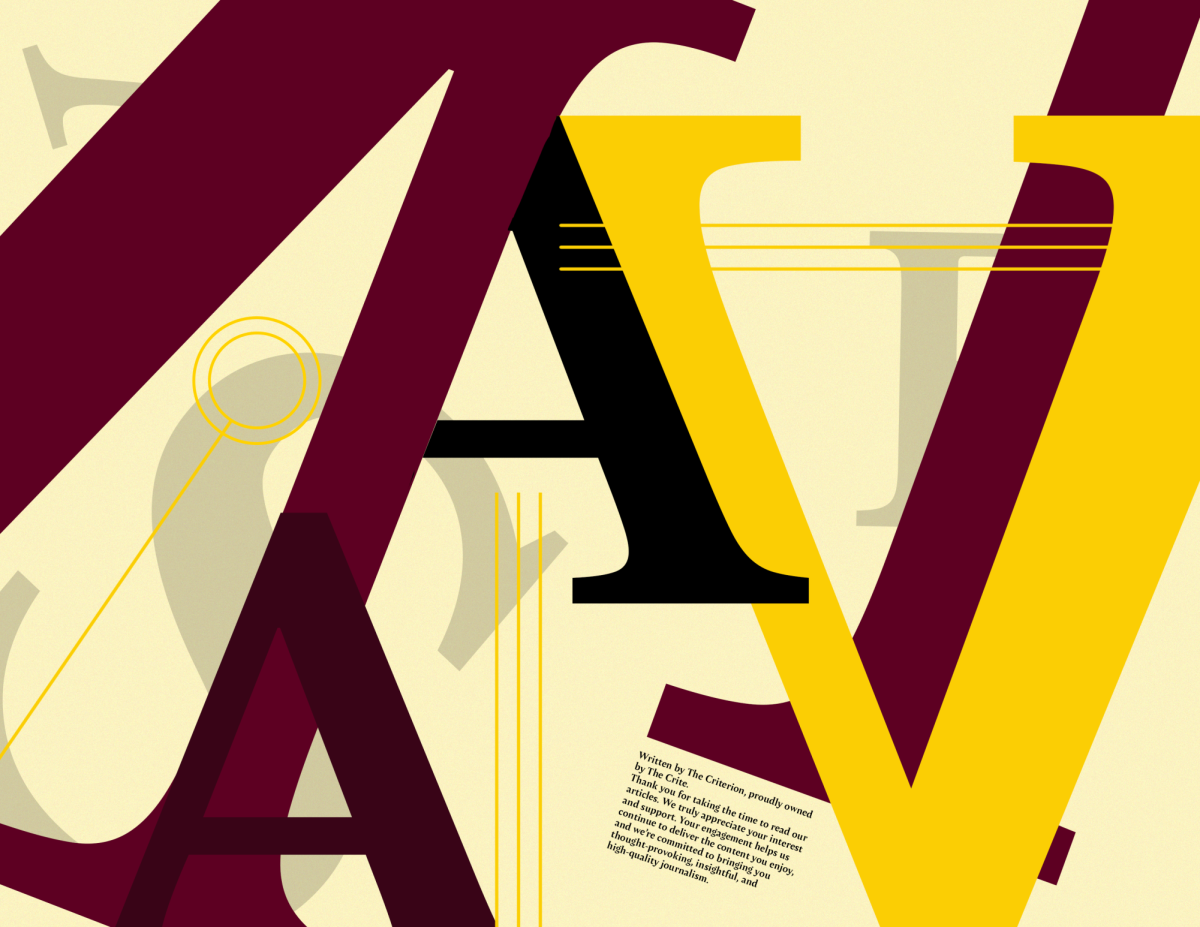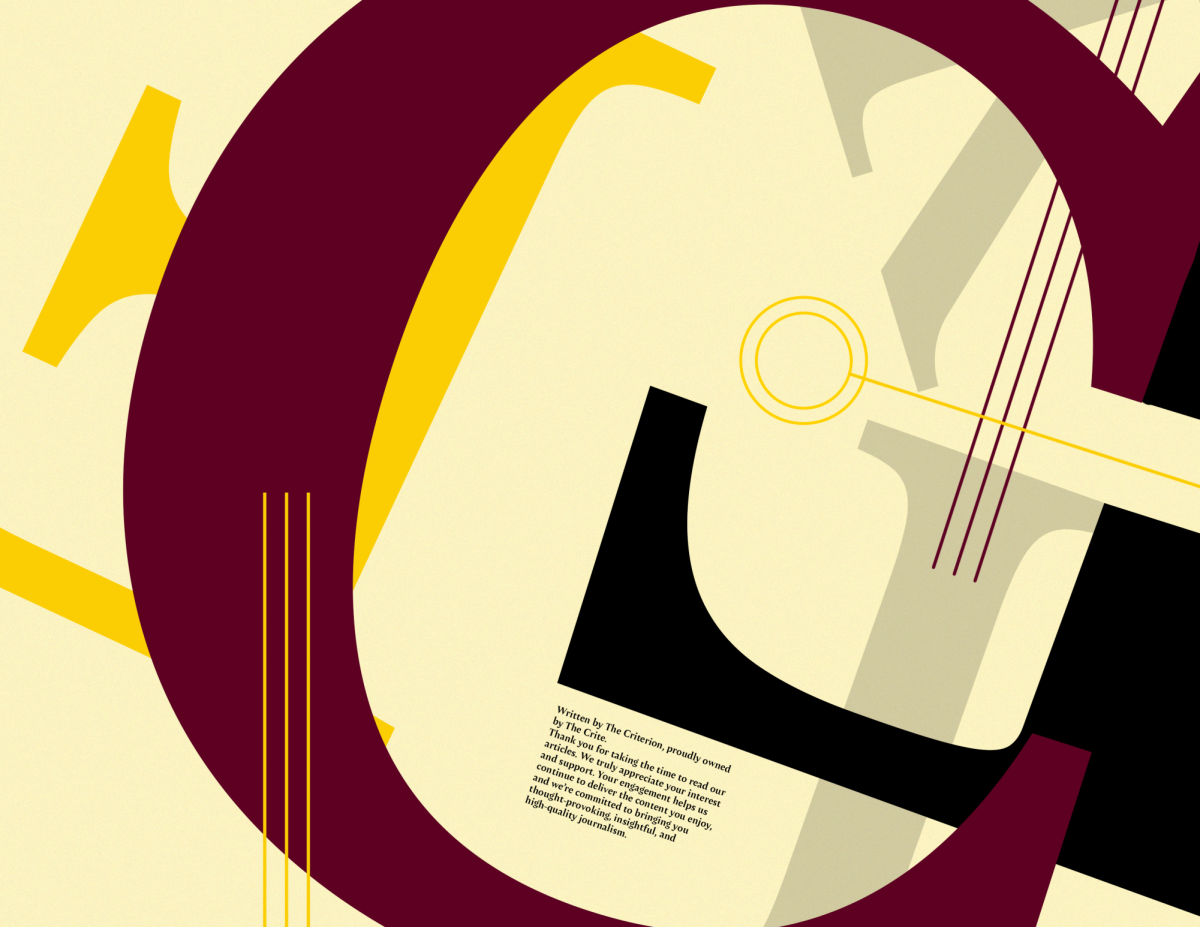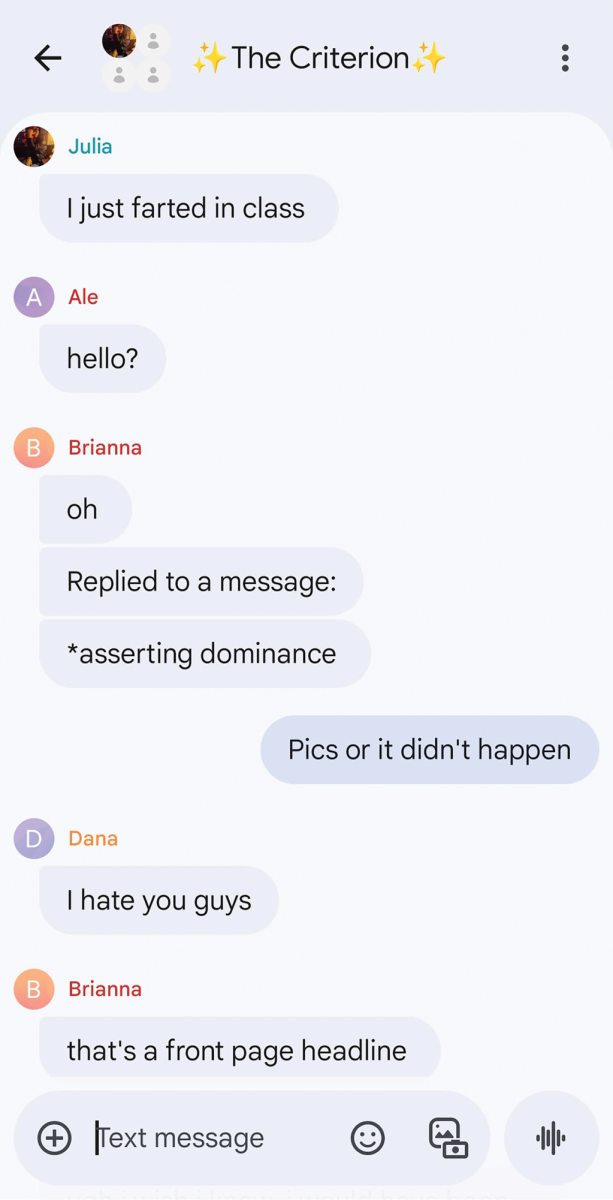After living on campus for two years now, I can now say for certain that I’ve never felt completely safe on campus.
Despite the numerous resources promised to a student, including the Safe Walk program, campus police presence and the crime prevention and awareness program, it is not enough. All these resources are at a student’s fingertips but most are underutilized, as those who feel in danger see it better to call 911 then the on-campus security since their response time would be quicker than those on campus.
The students’ trust between campus officers and safe walk employees can be described as little to none. Due to this, people in charge of safety are rarely seen throughout campus. If an officer is spotted, it is during the day, in the light, when most students feel safe.
Every hour, two safe walk program employees walk the campus to spot those in need of help and respond to student calls from 6 p.m. to 2 a.m.
When was the last time you have seen a safe walk employee patrolling the campus? They should be easy to spot, due to their yellow construction vest and shirt that say “Safe Walk” on the back.
Despite the annual Safe-Walk evaluation by the University President and Associated Student Government, many parts of campus remain dark or have low levels of light. This includes the A-side of Garfield Hall, the backside of Escalente, all of the overflow parking lots and the back side of Monument Hall.
As I try not to explore campus at night, these are the locations that stick out the most. It seems like the dark parking lots that mostly border the town are especially a problem. It seems that the campus is fond of having plenty of illumination in front of buildings but then ignores the back exits.
Most of the main paths have street lights, but what about the back alleyways and shortcuts between buildings? All locations on campus should have good lighting and working doors.
Walking at night from any parking lot can be described as a terrifying experience. The goal is to walk from your car to the main entrance door, as side entrances lock after 10 p.m., as fast as possible to avoid any suspicious characters.
The doors locking at 10 o’clock in theory makes sense, but in practice is dangerous. Students could get hurt more easily if they are not able to access more than one entrance past a certain time. Hypothetically, what college student living on campus is back before 10 p.m. on a weekend or school night?
Some side entrances are closer and provide safer entrances than the main entrance, as such in the Lucero dorms.
If the argument for side doors locking is so students will have to pass the front desk, then why do desks close at 8 p.m. on weekdays, and how is this effective in the Lucero dorms, where students do not have to pass the desk on their way back to the main dorm’s halls?
Lucero’s main entrance is located at the front of the building facing North Avenue. Those who have been on campus for a while know it’s not the best location to be at, again especially at night.
Campus itself might be labeled as “safe” but the surrounding neighborhoods have a surprising amount of crime. What’s stopping them from entering campus not just at night but during the day?
If there was a greater presence of a trustable safe walk program, would I still feel unsafe? In this situation, only time will tell.








